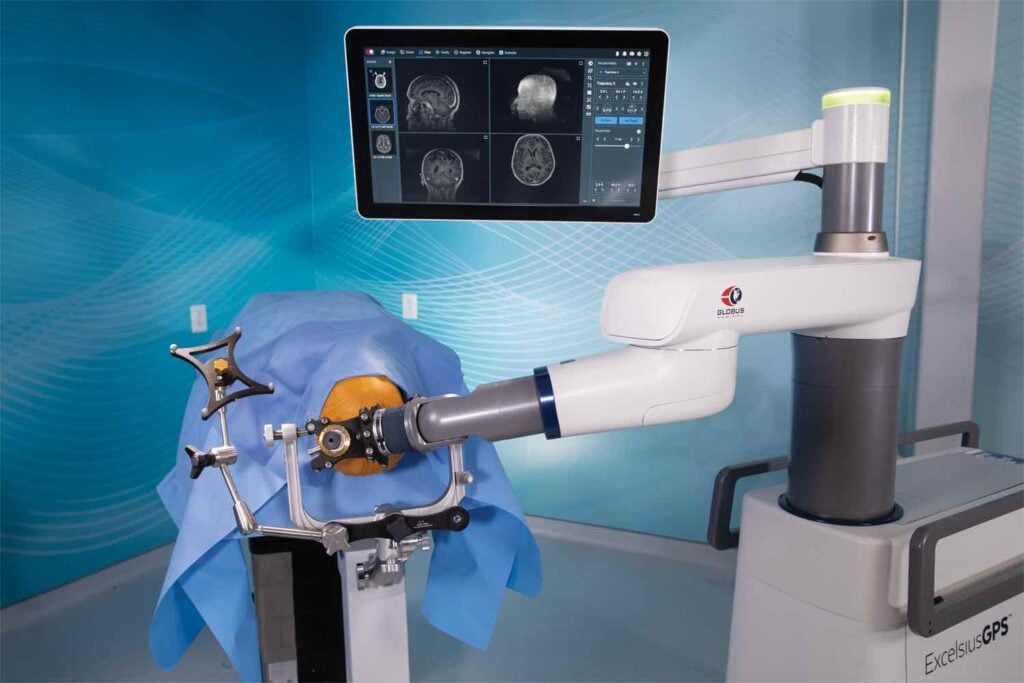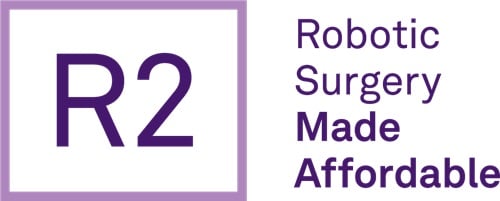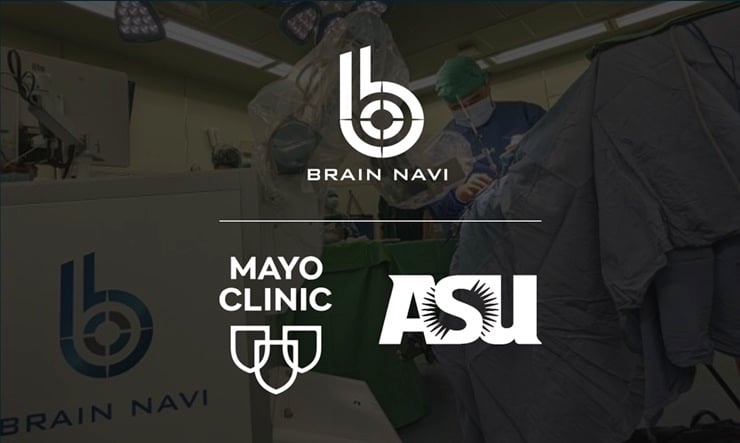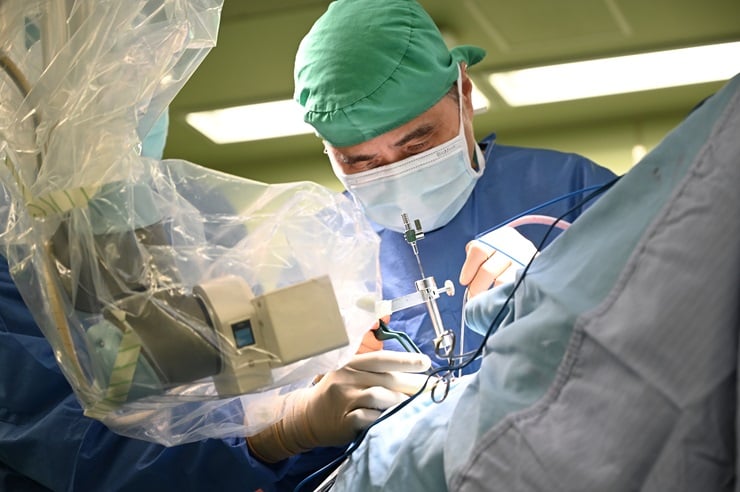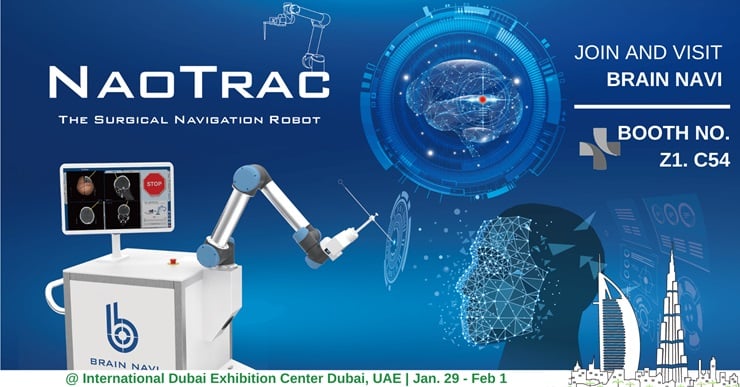What is neurosurgery?
Neurosurgery is the medical specialty concerned with the diagnosis and treatment of patients with disorders which impact any portion of the nervous system. This includes the brain, spinal cord and spinal column, and peripheral nervous system.
Common neurosurgical procedures
Craniotomy is type of surgery to remove a portion of a patient’s skull to expose the brain. The surgeon will use specialised tools to temporarily remove the section of bone (bone flap), which is then replaced after the surgery is complete.
Brain biopsy is often carried out after imaging has identified a potential abnormality. This procedure involves the surgeon making an incision in the skull or inserting a needle to remove brain cells or tissue for examination.
Laminectomy is a surgical procedure to remove part or all of the vertebra bone called the lamina. A surgeon carries out this procedure to help ease pressure on the spinal cord or the nerve roots which could have been caused by injury, herniated disk, tumours, or spinal stenosis.
Neuroendoscopy is a minimally invasive surgical procedure used to treat several brain, head, and spinal conditions. A thin, flexible endoscope and surgical instruments are inserted through either small incisions or a natural opening in the body. The technique can enable surgeons to reach tumours and other disorders previously considered inoperable due to their position inside the skull.
Deep brain stimulation (DBS) is a neurosurgical procedure for the treatment of epilepsy, movement disorders such as Parkinson’s disease, dystonia and essential tremor, and other conditions including obsessive-compulsive disorder. The procedure involves placing a neurostimulator which sends electrical impulses to specific targets in the brain through implanted electrodes.
Some of the other types of neurosurgical procedures include, but are not limited to, clot or tumour removal surgery, brain bleed stoppage, epilepsy surgery, deep brain stimulation (DBS), posterior fossa decompression, diskectomy and spinal fusion.
Robotic Neurosurgery
The first instance of robot assisted neurosurgery occurred in 1985 when the PUMA industrial robot was utilised to guide biopsy cannulas under CT guidance. More recently, progression with robotic technology and advances in 3D imaging have resulted in robotic neurosurgical systems entering the market and receiving FDA approval for a variety of procedures. For example, robotic systems are now being used to assist surgeons in performing less invasive procedures than traditional craniotomies. The systems assist the surgeon in planning and enabling the complex neurosurgical procedures to be performed through a small drill hole in the skull.
Neurosurgical Robotic systems, such as Globus Medical’s ExcelsiusGPS® Cranial Solutions, have also been developed for both common and complex stereotactic procedures including biopsies, shunts, DBS and StereoEEG.
